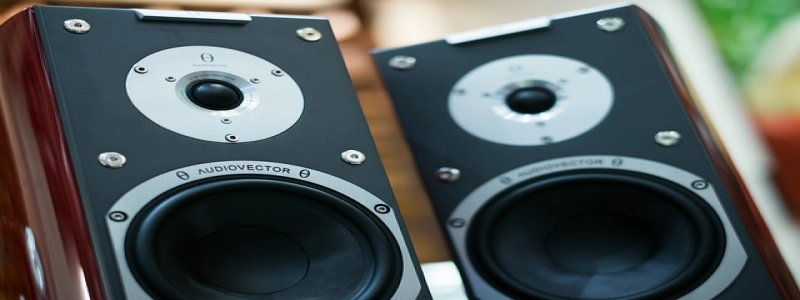DeviceNet vs Ethernet
Einführung:
In today’s industrial automation industry, there are various communication protocols available for connecting devices and systems. Two widely used protocols are DeviceNet and Ethernet. Both protocols have their advantages and disadvantages, and choosing the right one for a particular application can be crucial. This article aims to compare DeviceNet and Ethernet in terms of their functionality, speed, Skalierbarkeit, and compatibility.
ICH. Functionality:
DeviceNet:
DeviceNet is a communication protocol developed specifically for industrial automation. It is commonly used for connecting sensors, actuators, and other devices in a network. DeviceNet supports a wide range of devices and provides reliable data exchange between them. It uses a master-slave architecture, where the master device controls communication with the connected devices.
Ethernet:
Ethernet is a widely used communication protocol in various industries, including industrial automation. It provides high-speed data transfer, making it suitable for applications requiring real-time communication. Ethernet supports both master-slave and peer-to-peer communication architectures. It offers a broad range of network topologies and supports features like collision detection and automatic error correction.
II. Speed:
DeviceNet:
DeviceNet operates at a speed of 125 kbps, which makes it suitable for applications where data exchange requirements are not excessive. It is commonly used in smaller networks with a limited number of devices.
Ethernet:
Ethernet offers significantly higher speeds than DeviceNet, ranging from 10 Mbps to 100 Gbps. This makes it ideal for applications that require real-time data transfer and high bandwidth. Ethernet’s speed allows for faster response times and enables the transfer of large amounts of data.
III. Scalability:
DeviceNet:
DeviceNet is suitable for small to medium-sized networks with up to 64 devices. It offers plug-and-play functionality, making it easy to add or remove devices from the network. Jedoch, adding more devices can impact the network’s overall performance and speed.
Ethernet:
Ethernet is highly scalable and can support networks with thousands of devices. It offers the ability to segment networks into smaller subnetworks, allowing for efficient data transfer and better network management. Ethernet’s scalability makes it a preferred choice for large industrial automation applications.
IV. Compatibility:
DeviceNet:
DeviceNet is widely supported by various industrial automation devices and manufacturers. It ensures compatibility between different devices, reducing integration and interoperability issues.
Ethernet:
Ethernet is a standard protocol used in many industries, including industrial automation. It is compatible with a wide range of devices and equipment, making it easy to integrate and expand existing systems. Ethernet’s compatibility with other protocols and technologies further enhances its usefulness in industrial applications.
Abschluss:
Abschließend, both DeviceNet and Ethernet have their strengths and applications in the industrial automation industry. DeviceNet is suitable for smaller networks with moderate data exchange requirements, offering simplicity and compatibility. On the other hand, Ethernet provides high-speed data transfer, Skalierbarkeit, and compatibility with a wide range of devices, making it ideal for larger networks and applications requiring real-time communication. Choosing the right protocol depends on factors such as network size, speed requirements, and compatibility with existing devices, and careful consideration should be given to make an informed decision.








